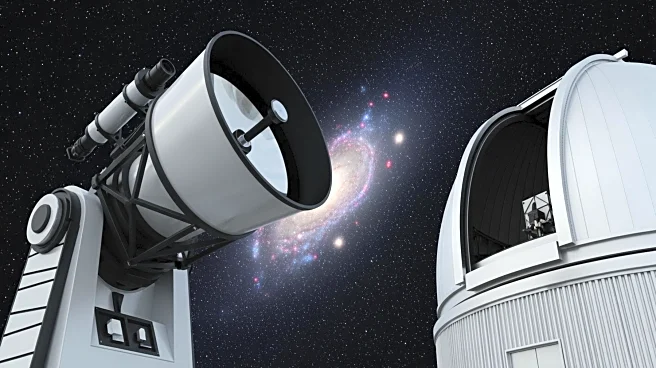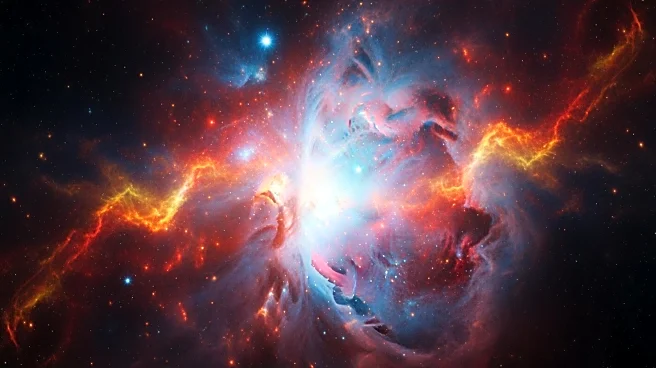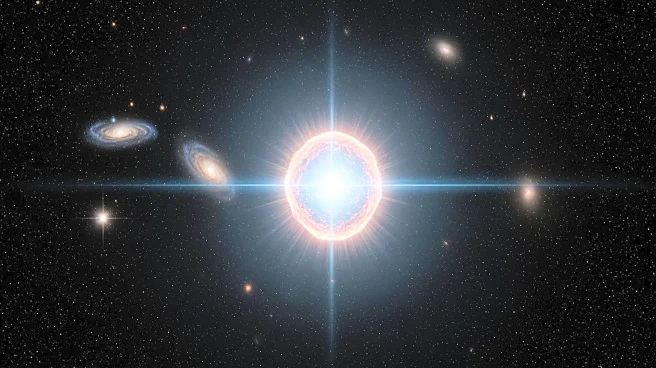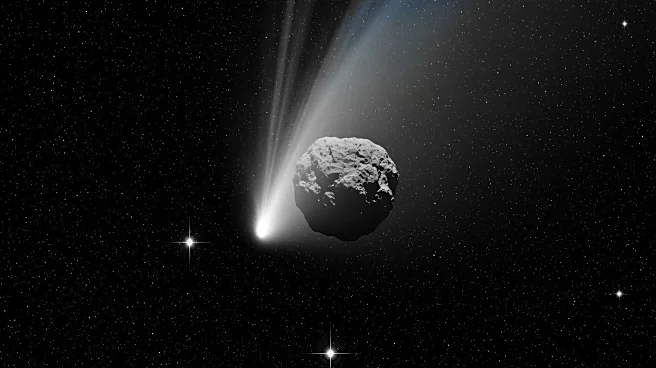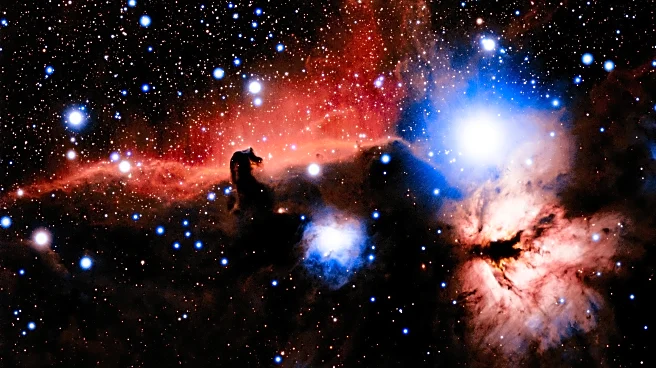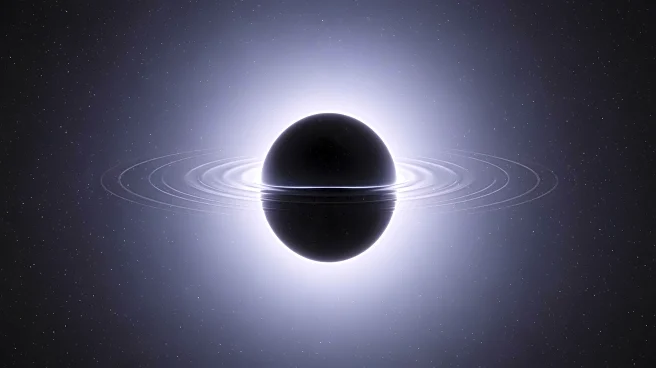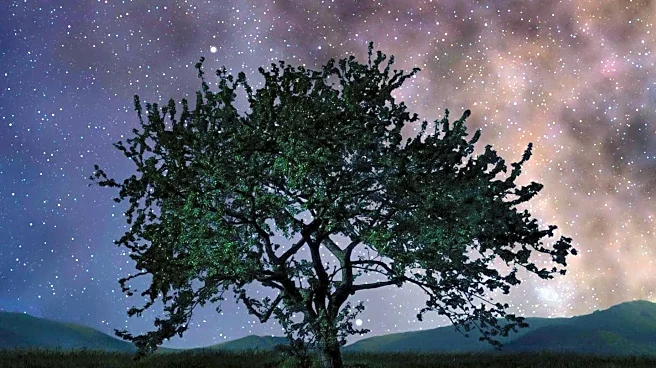What's Happening?
The Rubin Observatory, located in the Andes Mountains in Chile, is capturing breathtaking images of the Milky Way, providing a rich view of our galaxy's complexity. This observatory, part of the National
Science Foundation's NOIRLab, is equipped with the LSST camera, the largest digital camera ever built. It scans the night sky in real-time, creating a digital movie of the universe. The data collected will be publicly available, allowing scientists and citizen scientists worldwide to explore and analyze cosmic phenomena.
Why It's Important?
The Rubin Observatory's work is crucial for advancing our understanding of the universe. By providing real-time data, it enables researchers to tackle pressing cosmic questions, such as the nature of dark matter and dark energy. The observatory's ability to detect potentially hazardous asteroids also has significant implications for planetary defense. The public availability of its data democratizes access to astronomical research, fostering global collaboration and innovation in the field.
What's Next?
As the Rubin Observatory continues its operations, it is expected to produce tens of petabytes of data over the next decade. This wealth of information will likely lead to new discoveries and insights into the universe's mysteries. The scientific community will be keenly analyzing this data to address longstanding questions and potentially uncover new phenomena. The observatory's findings could influence future space missions and research priorities.


